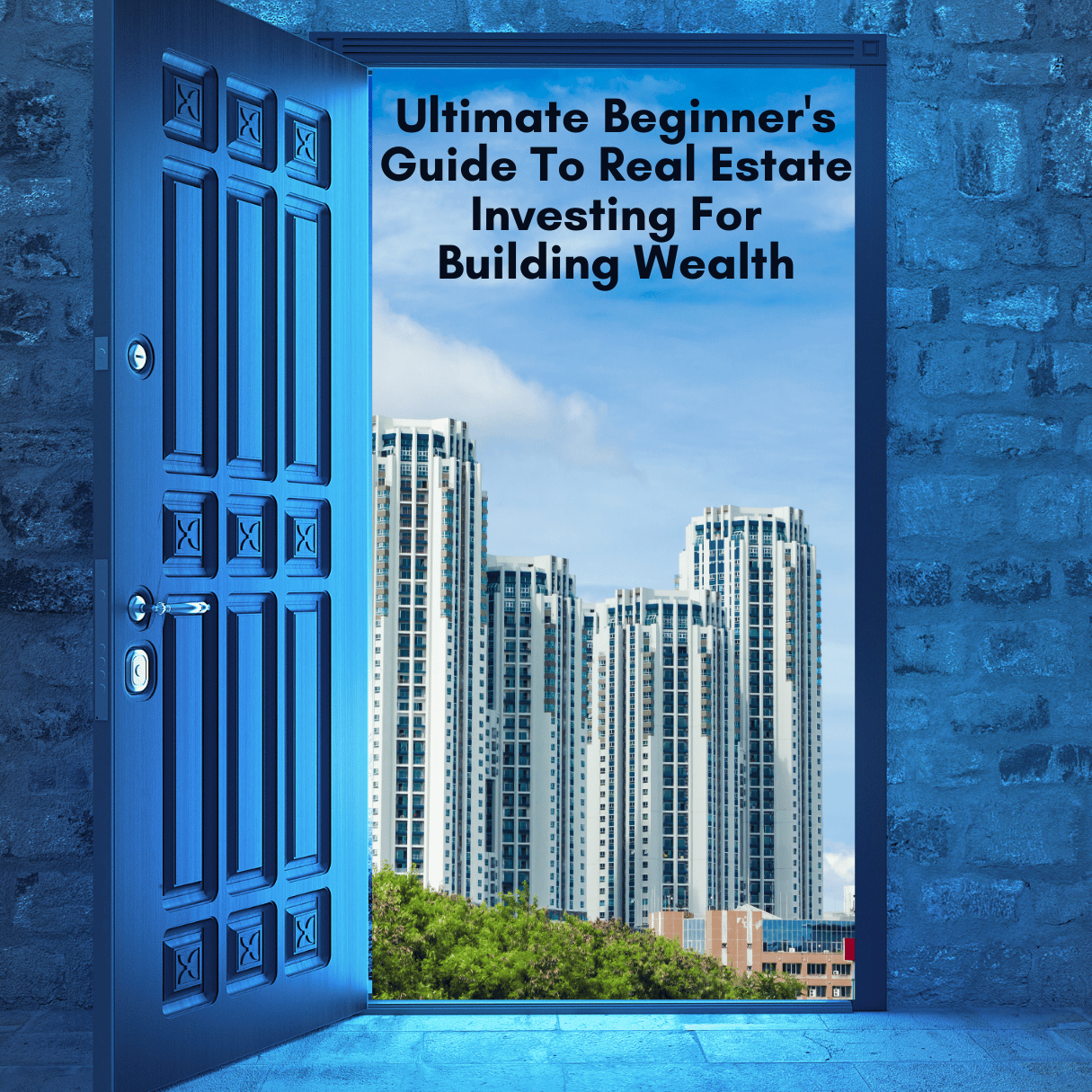Unlocking Wealth: Build Your Real Estate Empire Even On A Budget
Introduction:
It is not always true that heavy investment is a prerequisite to building a real estate portfolio. Most of the time, resourceful people that you see making it in the real estate industry did not have, at the very least, any cash outlay to start off with. In this guide, you will discover tested techniques of acquiring properties with minimum cash and building up a real estate portfolio.

1. Wholesaling Real Estate:
Wholesaling is a strategy where you act as a middleman between sellers and buyers, helping sellers find buyers for their property. You sign a contract with the seller to purchase a property, but instead of buying it yourself, you assign the contract to another buyer for a fee. It requires no upfront capital, only your ability to find good deals.
How Wholesaling Works:
Find a motivated seller with a property below market value.
Secure the property under a contract (without purchasing it yourself).
Find an investor willing to buy the property.
Assign the contract to the buyer for a fee.
Seller → Wholesaler → Buyer.
2. House Hacking:
House hacking is an excellent way to start building your real estate portfolio with minimal cash. The idea is simple: purchase a multi-unit property (duplex, triplex, or fourplex), live in one unit, and rent out the other units. The rental income helps cover your mortgage, and in some cases, you may even live for free.
One popular method to finance house hacking is using an FHA loan, which requires as little as a 3.5% down payment.
Benefits of House Hacking:
Low down payment (FHA loans).
Immediate cash flow from tenants.
Easy way to enter the real estate market with little upfront capital.

3. Partnerships and Joint Ventures:
Partnering with someone who has capital is a great way to get into real estate without using your own money. In a joint venture, one partner brings the capital, while the other brings the expertise, such as deal sourcing, management, and oversight.
For example, you could find a deal, handle the management, and your partner could provide the down payment or financing.
Structuring a Partnership:
Define roles and responsibilities (e.g., one partner manages, the other provides funding).
Draft a legal agreement to outline profit and equity sharing.

4. Seller Financing:
With seller financing, the property seller acts as the lender. Instead of getting a traditional mortgage, you pay the seller directly over time. This can be a fantastic strategy if you don’t qualify for conventional loans or don’t have enough money for a large down payment.
How Seller Financing Works:
Negotiate the terms of the loan with the seller (interest rate, repayment schedule, etc.).
Make monthly payments directly to the seller instead of the bank.
After an agreed-upon period, you either refinance or complete the purchase.

5. Option to lease (hire):
A lease option (or lease) allows you to rent a property with an option to buy it later. A portion of your monthly rent payments goes toward the eventual purchase of the property, allowing you to build equity while renting.
How a Lease Option Works:
You sign a lease agreement and an option to buy the property within a specified time frame.
Pay monthly rent with a portion going towards the purchase price.
When ready, you purchase the property, applying the rent you’ve already paid.

6. Private Money Lenders:
Private money lenders are individuals who provide loans to real estate investors. These lenders often seek a return on investment through interest payments, and can provide financing when traditional banks cannot. Private money loans are often quicker to secure and more flexible in terms of repayment options.
How to Find Private Lenders:
Attend local real estate networking events.
Reach out to family, friends, or colleagues interested in investing.
Join real estate crowdfunding platforms where individuals lend money for real estate deals.

7. Real Estate Crowdfunding:
Crowdfunding allows you to pool your money with other investors to buy into real estate projects. With platforms like Fundrise or Realty Mogul, you can start investing with as little as $500, making it accessible to people with limited capital. While you won’t have full control over the property, you can earn passive income through rental payments or property appreciation.
Benefits of Crowdfunding:
Requires minimal upfront investment.
Diversification across multiple properties or projects.
Potential for passive income.

8. BRRRR Strategy (Buy, Rehab, Rent, Refinance, Repeat):
The BRRRR strategy is a way to build a portfolio by repeatedly buying undervalued properties, rehabbing them, renting them out, and then refinancing them to pull out equity for future purchases. This method allows you to recycle your capital over and over, using each property to fund the next one.
Steps of BRRRR:
Buy: Find a distressed property below market value.
Rehab: Renovate the property to increase its value.
Rent: Rent the property out to generate cash flow.
Refinance: Refinance the property to pull out the equity you created.
Repeat: Use the equity to buy another property.
Conclusion:
Building a real estate portfolio with little or no money is entirely possible with the right strategy. From wholesaling and house hacking to partnerships and seller financing, there are many creative ways you can take to get started in real estate without a lot of money. The key is to stay informed, network, and take consistent action.








Post Comment